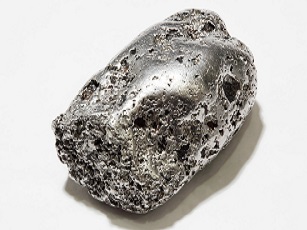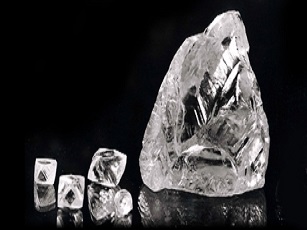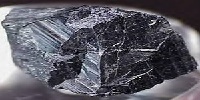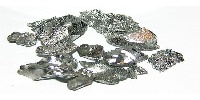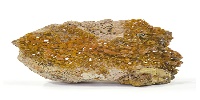Radium Mining
RADIUM MINING:
Radium might be an abundant element on Earth's surface, with widespread occurrence in both land and oceans. Despite its widespread presence globally as a minor constituent, extraction and production of the element on a large scale can only be performed from uranium ores. Radium is nothing but the decayed uranium nuclei.The major radium-producing countries are Belgium, Canada, the Czech Republic, Slovakia, the United Kingdom, Russia, and the United States.
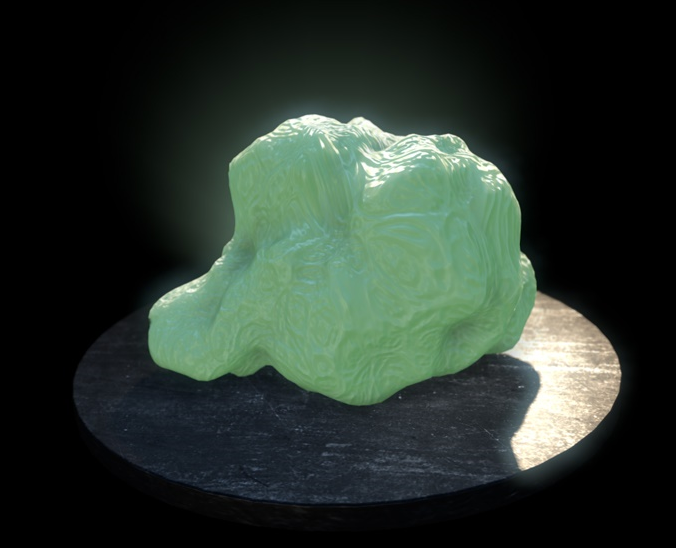
MINING:
Radium is primarily extracted as a byproduct of uranium ore, namely 'Pitchblende or Uraniumite'. Methods involved in mining radium-containing ores include surface mining, underground mining, and In situ recovery.
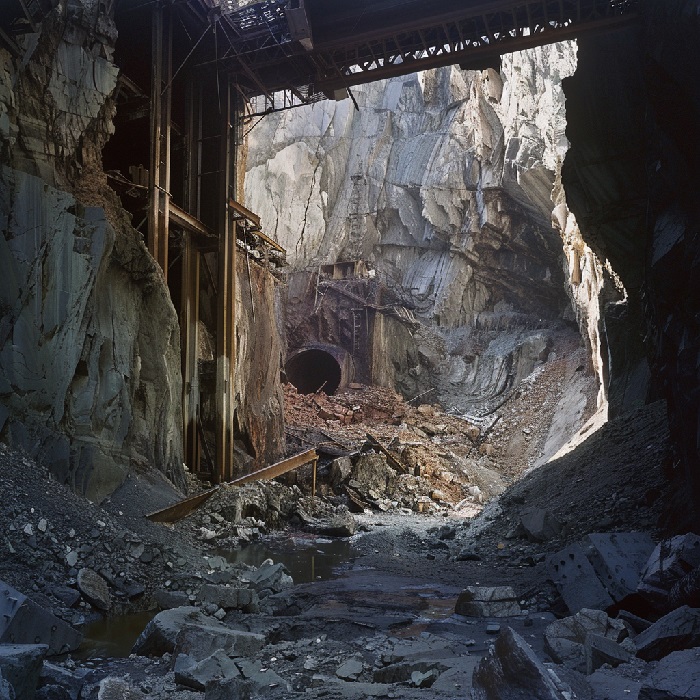
In surface mining of radium-containing uranium ores, the open-pit method is widely used. This technique involves removing surface bedrocks, sands, and gravels by labor to extract the elemental ores. However, it poses serious environmental and health hazards as the decay of uranium releases a harmful radioactive gas called radon. In areas where ore bodies are located deep underground, the underground caving method is followed. This technique involves building tunnels and shafts by labor, with lesser environmental impact compared to open-pit mining.
In Situ Leach (ISL) mining or In Situ Recovery is a chemical mining process used to extract uranium ores from deep aquifers where uranium is mostly present as small grains unsaturated in the groundwater along with other minerals. In this method, mines dig deep wells and leach the aquifer with concentrated sulphuric acid (H2SO4) to saturate the grains of uranium ores. The leached solution is then pumped out and stored in wells. Subsequently, the leached solution containing radium-rich uranium ores is separated from the aqua solution as a precipitate.
Extraction and Production
The ores from open-pit mining and underground mining are usually large and contain many impurities as composites. Therefore, they undergo milling and grinding. In milling and grinding, the larger pieces of rocks are broken down into smaller pieces and subjected to heap leaching. In heap leaching, the extracted broken-down ores are submerged in a pool of concentrated acid.
The resultant pregnant solution dissolves the salts and other mineral components, leaving the uranium-containing ores and other undissolved particles as precipitate. Furthermore, the precipitate is leached and filtered of composites such as radium, barium, and other minerals. These other composites are collected as tailings.
In Situ leaching also produces radium and barium as impurities from the uranium leaching of the pumped-up solution from the underground wells. The impurities collected are called raffinates as they are separated from the liquid solution.
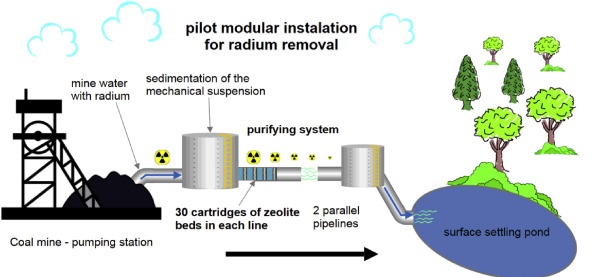
The gathering of raffinates and tailings is the initial process in the production of radium. Now, the tailings and raffinates contain radium and barium as radium sulfate and barium sulfate. Initially, the precipitate is treated with sodium hydroxide and attacked by hydrochloric acid to remove other impending impurities. Then, the residue is collected, where the barium sulfate and radium sulfate are still present as a precipitate and mixed with sodium carbonate to convert them into carbonate salts.
Subsequently, the carbonate salts are mixed with sulfide salts to regenerate barium sulfate and radium sulfate. The process is repeated to filter a pure form of barium and radium sulfates, which are then subjected to fractional distillation. In fractional distillation, radium is separated from barium using a spectrometer.
DEFINITION:
Radium is a radioactive chemical element with the symbol Ra and atomic number 88. Its appearance is nearly pure white, but it readily oxidizes upon exposure to air, turning black. Radium, an alkaline earth metal, is found in trace amounts in uranium ores and is highly radioactive.
PROPERTIES:
The heaviest of the alkaline earth metals, radium is strongly radioactive and resembles barium in its chemical behavior. This metal originates in tiny quantities in uranium ore pitchblende, as well as various other uranium minerals. Radium preparations are notable for maintaining themselves at a higher temperature than their surroundings, and for their radiations, which consist of three types: alpha particles, beta particles, and gamma rays.
APPLICATION:
Some of the sensible uses of radium derive from its radioactive properties. However, more recently discovered radioisotopes, such as Co and Cs, are replacing radium even in these limited applications because several of these isotopes emit radiation more powerfully, are safer to handle, and are available in more concentrated forms. When mixed with beryllium, radium serves as a neutron source for physics experiments.
Related Mining

